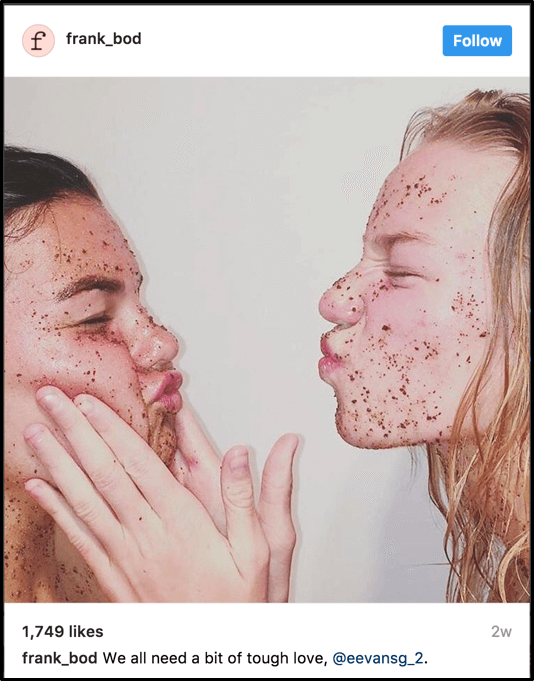Long gone are the days of people taking the time to write a letter, or even an email, depicting everything that happened over the past month, year or other defined amount of time.
Brands have quit producing full page copy ads no one was reading. We now communicate with images — photo or illustrated — videos, and the occasional letter abbreviation. Whether it be in marketing, presentations or the perfect shot of your meal on Instagram, visual content is the present and future of communication.
Images and video have taken over the internet. It’s no surprise texts have turned to Snaps, and written essays have become video recordings. Though we seem to understand the output method, we need to perfect the message. A successful future of visual content will require imagery to appear real, be all-encompassing and, most of all, feel personalized.
Real. Relatable.
Models, be gone. Real people are finally in style.
Consumers are looking for relevant content with relatable imagery. Different shapes, styles, colors and lifestyles are going to be a strong visual hook moving forward. Whether it be in video or still imagery, exponentially fewer people are drawn to an image of clone-like models posing uncomfortably.
Instead, inspiration is coming from authentic, “unfiltered” lifestyle photos. Users want to see the imperfections and the candid moments. We are finding comfort in knowing that happiness is achievable in our “normalcy.” Encouraging users to connect on a personal level allows for an emotional bond to form between a consumer and a brand. When emotional ties are prevalent, loyalty is more likely to develop.
These brands are doing it right:

.png?sfvrsn=3b8de5e3_0)
.png?sfvrsn=3e91bc91_0)
All-Encompassing.
Draw us in. Grab our attention. Then keep it.
Video viewers want to feel like they’ve traveled and experienced the event/scene, first-hand. This idea is incredibly attainable with products such as stories, live feeds and virtual reality interfaces.
Stories are allowing brands and users to present a “video diary” to their followers. We love seeing what brands are doing behind the scenes and what adventures friends are going on, especially when we can’t physically be there ourselves.
Live feeds provide an opportunity to interact with followers in real time. Users and consumers get to ask questions or leave comments and receive the instant gratification of having their questions/comments acknowledged live just moments later. Attention needs to be attained in the first 8 seconds of interaction, so live video is going to continue to gain momentum.
Virtual or augmented reality puts consumers in the middle of the action. Users can find themselves in the middle of a gaming warzone, flying through space or even on a college tour.
360˚ video was a great starting point for VR interaction, but as technology improves, VR only has room to become more realistic and comprehensive. This is truly the future of visual content.
These brands are doing it right:
Personalization.
Make me feel like I’m the only one in the room.
Acknowledge my presence and talk to me like we’re old friends. No one is interested in listening to a generic sales pitch for a product that is “perfect for everyone!”
The experience needs to feel customized, without feeling creepy. Suggestions based on shopping or search history are great, but auto-populating irrelevant emails with my first name is not. Customizing products or ads with names, schools, or sports teams, however, is proving to be effective. People love having a Coke bottle with their name on it or M&M’s with their face on the chocolate circles.
Another way to connect to the right consumer is geo-targeting. If there is an event happening in Dallas, it would be silly to advertise the information to someone in Boston, solely because it’s on a national page. Using geo-targeting to focus on Dallas and the surrounding areas is going to create the best returns.
Users are also heavily gravitating toward Snapchat geo-filters to enhance photos with a fun, usually colorful, twist specific to their location. Geo-filters can be created by brands for advertising purposes or by friends for someone’s 24 birthday. Snapchat geo-filters are becoming a necessity to connect with consumers in a specific area or location.
These brands are doing it right:
.png?sfvrsn=2c714d13_0)
.png?sfvrsn=205d389f_0)
Conclusion: It’s All Three
The future of visual content relies heavily on the message. Is it relatable? Is it immersive? Is it personal? The answer should always be yes.